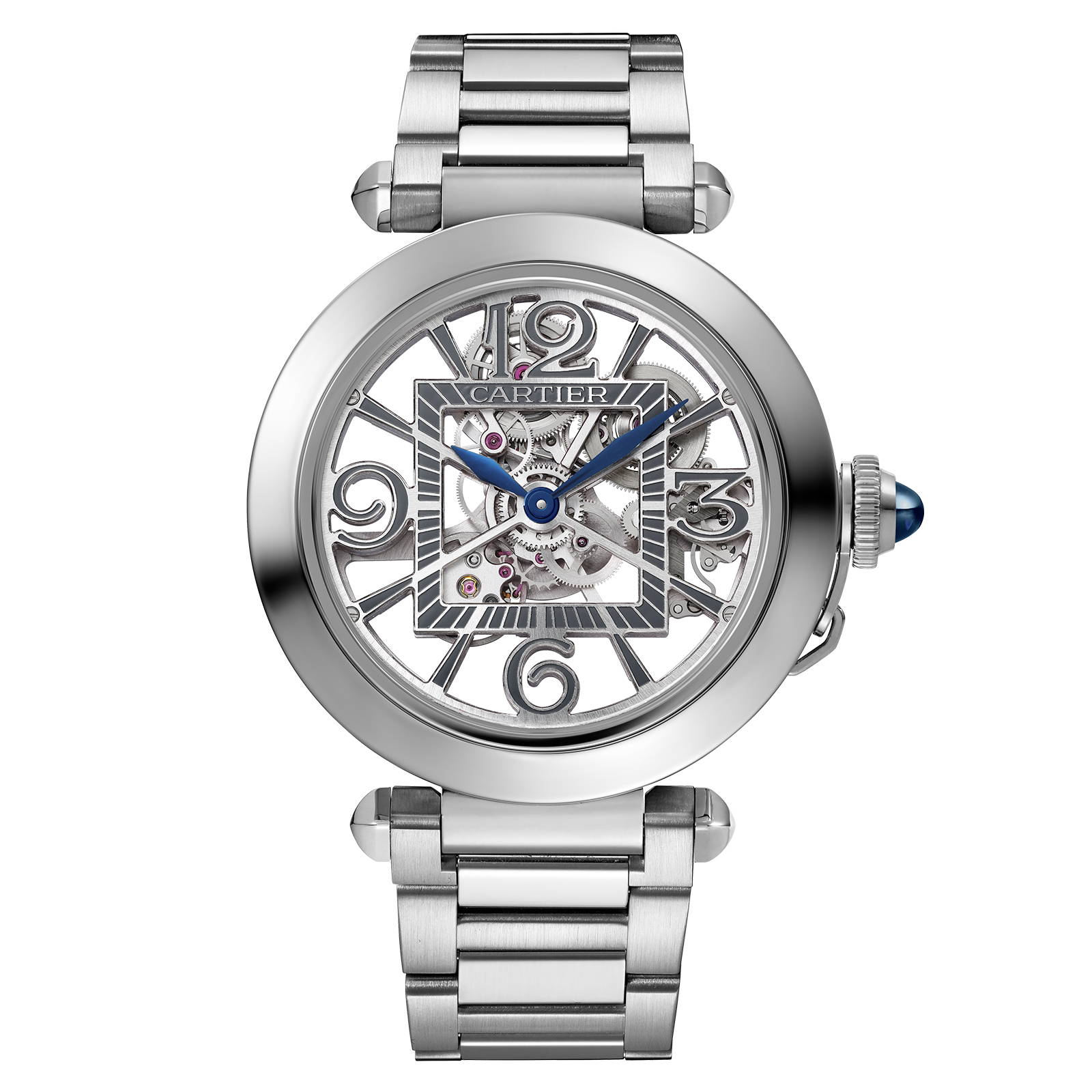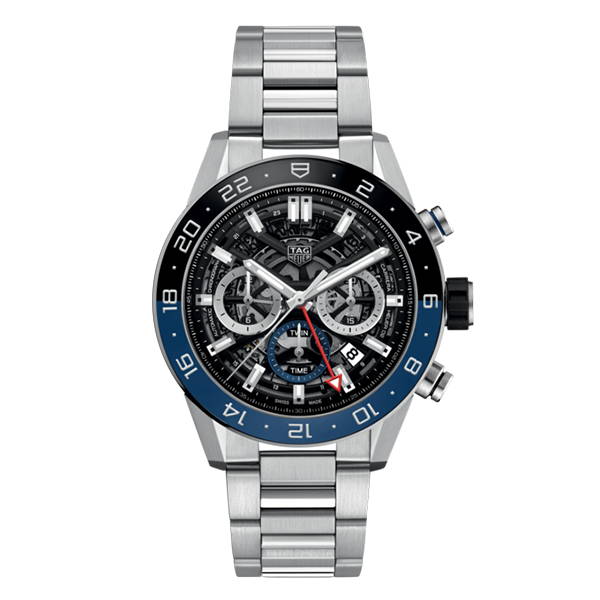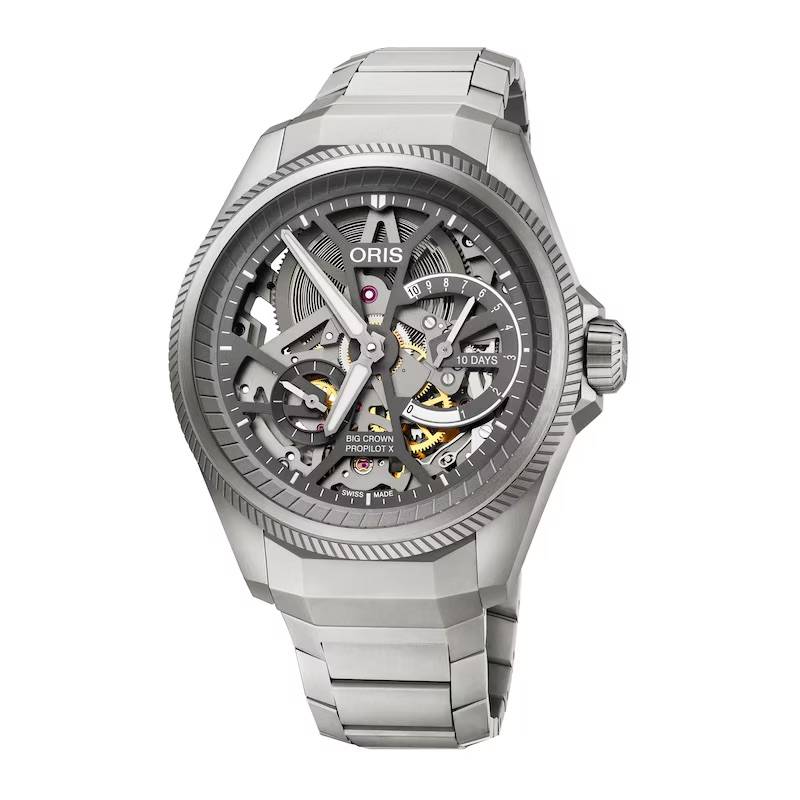
A Brief Guide to Skeleton Watches
Skeleton watches have become increasingly popular in recent years, known for their intricate designs and unique look. While these watches have been around for hundreds of years, they have only recently gained notoriety in the mainstream watchmaking industry. Whether you're a seasoned watch collector or new to the world of timepieces, read on to discover everything you need to know about these fascinating watches.


